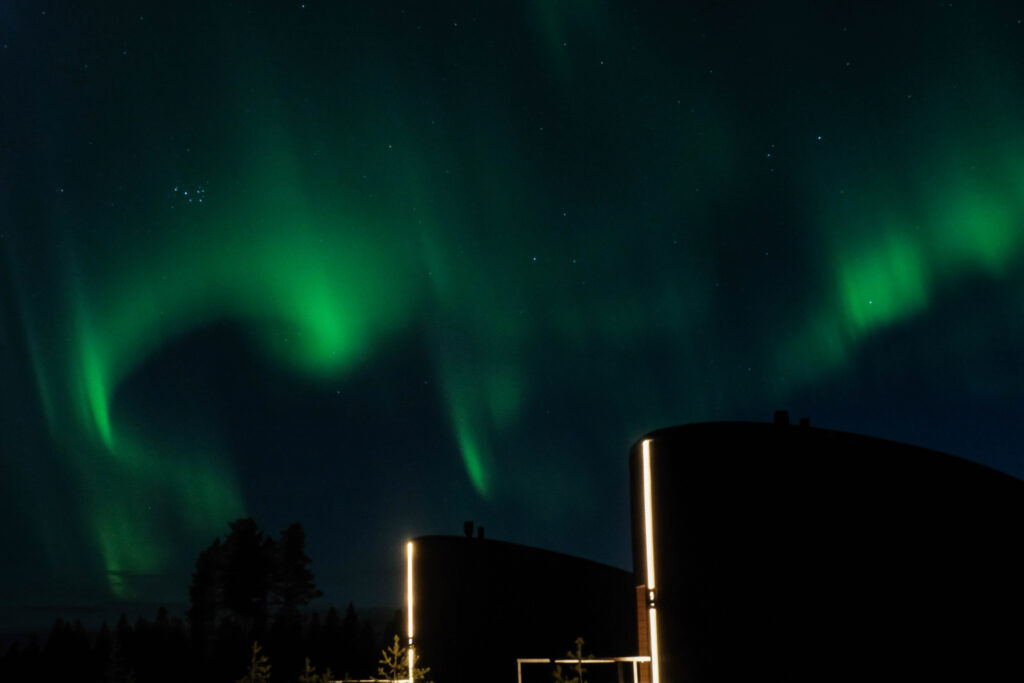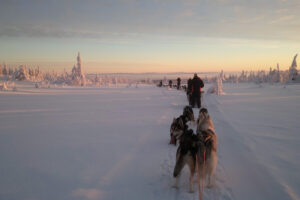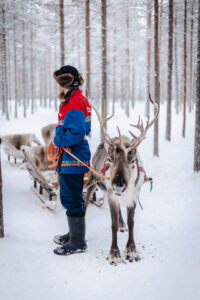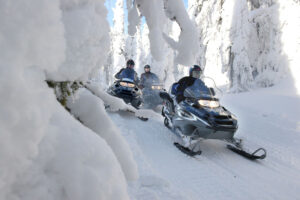Northern Lights displays in Lapland typically last anywhere from a few minutes to several hours, with most active shows continuing for 15 to 30 minutes at a time. The Aurora Borealis viewing time depends heavily on solar activity and weather conditions. During your stay in Finnish Lapland, you might witness brief glimmers or extended performances throughout the night, making patience and multiple viewing opportunities essential for experiencing this natural phenomenon.
How long does a typical Northern Lights display last in Lapland?
A typical Northern Lights display in Finnish Lapland ranges from brief appearances of just a few minutes to spectacular shows lasting several hours. Most Aurora viewing sessions include active periods of 15 to 30 minutes, often with breaks between displays. The Northern Lights duration Lapland visitors experience varies significantly based on geomagnetic activity levels and solar wind strength.
During quieter Aurora nights, you might see faint glows that shimmer across the sky for extended periods without dramatic movement. These subtle displays can persist for hours, creating a gentle green curtain that hangs above the horizon. Active displays, however, feature dancing lights that move rapidly across the sky, often appearing in vibrant colours including green, pink, and occasionally purple or red. These energetic shows typically occur in shorter bursts but create the most memorable viewing experiences.
The difference between a faint glow and an active display relates directly to solar activity intensity. When solar particles interact more forcefully with Earth’s atmosphere, the resulting Aurora becomes brighter and more dynamic. Visitors to Lapland should expect variability throughout their stay. Some nights might offer continuous Aurora visibility with varying intensity levels, while others may present shorter viewing windows. The unpredictable nature of Northern Lights display length makes staying multiple nights essential for maximising your chances of witnessing extended shows.
Along the shores of Lake Livo, the dark skies and minimal light pollution create ideal conditions for observing even subtle Aurora activity. The clear glass ceiling of our igloo accommodation allows you to watch the entire night sky without stepping outside, ensuring you won’t miss those magical moments when the lights suddenly intensify.
What factors affect how long you can see the Northern Lights?
Several key factors determine Aurora viewing Lapland duration, with solar wind strength and geomagnetic activity being the most influential. The Kp index measures geomagnetic disturbance on a scale from 0 to 9, with higher values indicating stronger Aurora activity and potentially longer displays. Weather conditions, particularly cloud cover, directly impact Northern Lights visibility time regardless of solar activity levels.
Solar wind carries charged particles from the sun towards Earth. When these particles reach our planet’s magnetic field, they create the Aurora Borealis. Stronger solar winds produce more intense and longer-lasting displays. The journey from sun to Earth takes approximately two to three days, allowing scientists to forecast Aurora activity with reasonable accuracy. However, the actual intensity and duration remain somewhat unpredictable until the solar wind arrives.
Cloud cover represents the most frustrating obstacle for Aurora hunters. Even during strong geomagnetic activity, thick clouds completely block the view. Finnish Lapland’s continental climate offers relatively stable weather patterns during winter months, with many clear nights ideal for Aurora viewing. Light pollution from cities and artificial sources also reduces visibility duration by making fainter Aurora displays impossible to see. Remote locations away from urban areas provide the best conditions for observing the full range of Aurora activity.
Seasonal variations influence both Aurora occurrence and viewing opportunities. The Northern Lights Finland season runs from late August through April, with peak activity occurring around the autumn and spring equinoxes in September and March. During these months, the alignment between Earth’s magnetic field and solar wind creates optimal conditions. Winter darkness in Lapland provides extended viewing hours, with complete darkness lasting from late afternoon through morning during December and January.
Temperature and atmospheric conditions also play subtle roles. Clear, cold nights often provide the crispest viewing conditions, though the Aurora itself occurs high in the atmosphere where ground temperature has no effect. Understanding these factors helps set realistic expectations for your Aurora hunting adventures.
How can you maximize your Northern Lights viewing time in Lapland?
Maximising your Aurora Borealis viewing time requires strategic planning, patience, and flexibility. Visiting during the peak season from September through March provides the longest darkness hours and highest probability of Aurora activity. Staying multiple consecutive nights dramatically increases your chances of experiencing extended displays, as Aurora activity fluctuates from night to night based on solar conditions.
Choosing accommodation with 24/7 viewing access transforms your Aurora hunting experience. Our glass igloo accommodation along Lake Livo allows you to watch the night sky continuously from the comfort of your bed. This eliminates the need to dress warmly and venture outside repeatedly throughout the night. When Aurora activity suddenly intensifies at 2 or 3 in the morning, you’ll witness the entire display without missing a moment. The spacious glass ceiling provides unobstructed views of the entire sky, ensuring you catch both subtle glows and dramatic shows.
Understanding Aurora forecast tools helps you prepare for optimal viewing nights. Several websites and mobile applications provide real-time Kp index readings and cloud cover predictions. When forecasts indicate strong geomagnetic activity and clear skies, plan to stay awake later or set gentle alarms throughout the night. The Aurora often becomes most active between 10 PM and 2 AM, though displays can occur anytime during darkness.
Patience remains essential for successful Aurora viewing. Even on nights with predicted activity, the lights may take time to appear or might develop gradually from faint glows into spectacular displays. Avoid the disappointment of giving up too early by committing to extended viewing sessions when conditions look promising. Bring warm clothing, hot drinks, and comfortable seating if you’re watching from outside. The electric fireplace in our igloos creates a cosy atmosphere for indoor viewing during those long winter nights.
Flexibility in your schedule allows you to adapt to changing conditions. If clouds roll in during evening hours, they might clear later at night. Weather patterns shift quickly in Lapland, sometimes transforming overcast skies into crystal-clear viewing conditions within hours. Booking activities during daytime hours keeps your evenings free for Aurora hunting, ensuring you’re always available when the lights appear.
Combining luxury comfort with authentic Arctic wilderness experiences creates the perfect foundation for memorable Northern Lights viewing. Our location provides the darkness and clear skies essential for extended Aurora observation, while our premium amenities ensure you remain comfortable throughout those magical nights when the sky comes alive with dancing colours. Contact us to plan your Aurora adventure and secure your ideal viewing dates.
